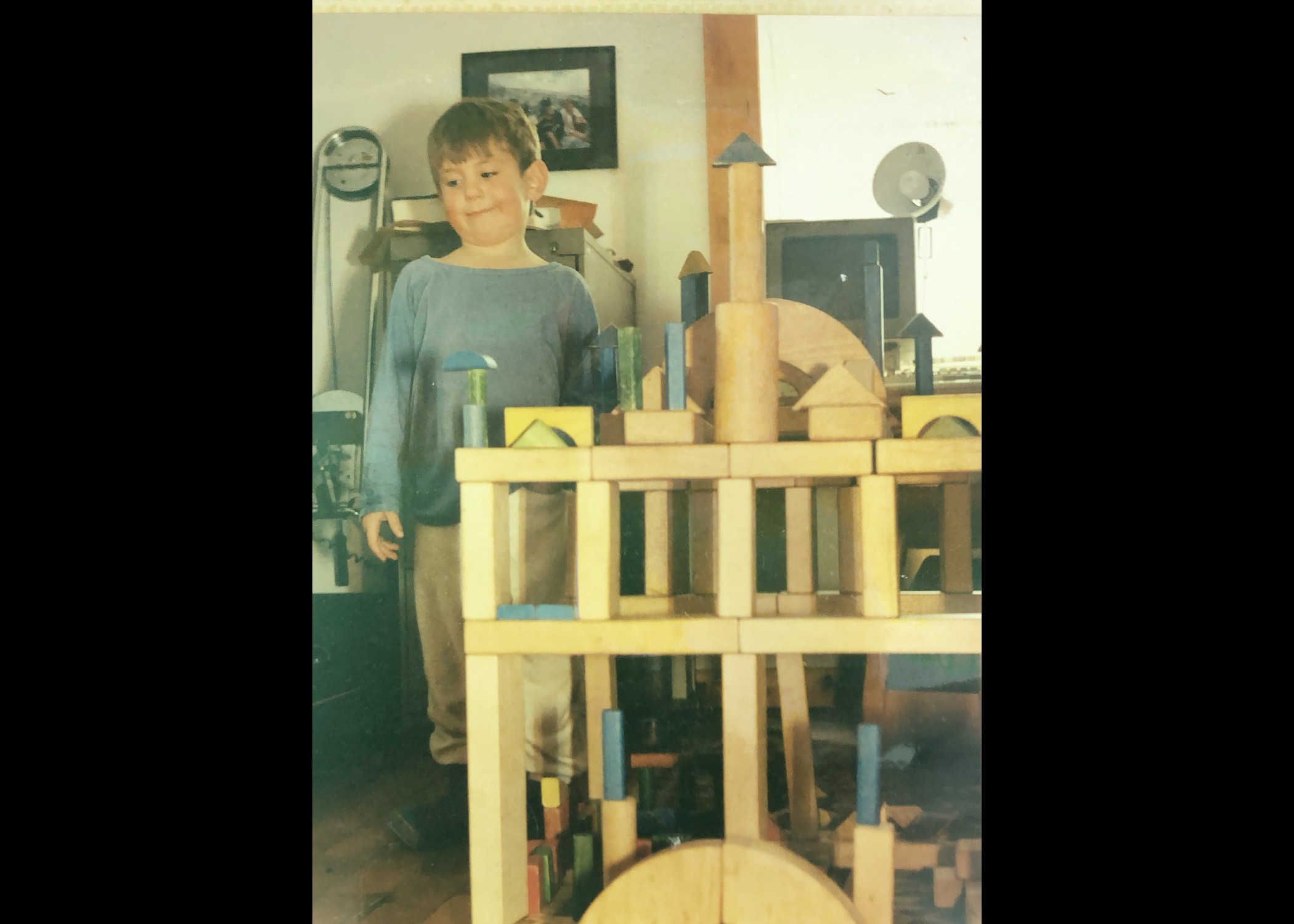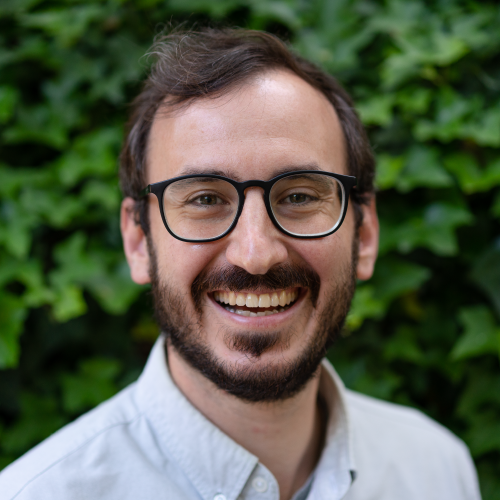
Since his childhood, Reuben Fischer-Baum has been fascinated by maps — an interest that would lead to his role as a graphics editor at The Washington Post, with a pitstop in urban planning in between
When I was a little kid, there was a game I used to play for hours and hours. To my parents and siblings, it looked like I was wandering around our front yard in Maine, muttering to myself, but I was actually building an elaborate fantasy world in my head. A drainage ditch by the side of the road was a river, a cradle of an ancient civilization. An old well covering was a city under siege. Then, all the sudden, I’d sprint inside and use bright markers to draw maps of everything I’d imagined.
I drew hundreds of these maps. My favorite books had maps on the very first page: “The Phantom Tollbooth,” “Swallows and Amazons,” “The Voyage of the Dawn Treader.” I’d spend car trips in the backseat flipping through our road gazetteer. We were a backpacking family, and I’d pour over our topographic maps.
Like many other journalists, I came into our industry sideways. In college, I learned how to make maps using a computer software called GIS, and my first job out of school was in urban planning. On my first day, my boss handed me a stack of data visualization books and told me I’d be making all the charts for our quarterly reports. That maybe sounds awful. But it turns out I loved it, a lot more than the urban planning part.
On the side, I started a personal sports blog and began to stay up late making weird little maps and charts. This ended up landing me my first job in journalism, at the site Deadspin.
During those years at Deadspin, I was a sponge. I learned how to report, how to write, how to come up with story ideas, how to be a better designer. (My color choices were often horrible.) I saw the work that outlets like The New York Times were making — projects like “Snow Fall” — and I started teaching myself how to code.
Then suddenly, I had my first hit. I looked through public salary databases and found that the highest-paid employee in most states was the head football or basketball coach at the largest public university. I put these findings on a map — what else? — and it took the internet by storm. I felt like I’d really done something, and I knew I was going to stick with journalism.
After Deadspin, I jumped to FiveThirtyEight, and eventually to The Washington Post, where I became an editor on the graphics desk. I was still learning, but during the past few years, I felt the joy I got from my job begin to slip away. The news became all emergencies, all the time. I started to have a mantra that if I could just get through today, tomorrow would be less intense. Which turned into “if I can just get through this week,” then “if I can just get through this month,” and finally “if I can just get through this year.”
By the time we were deep into Covid-19, I was burnt out. I started to have trouble reading the news. I had to look at paragraphs over and over before I could absorb them, and it became especially hard for me to dig into the visual stories — the sort of work that I edited and had brought me into journalism in the first place.
In all of 2020, there was only one idea that really cut through my burnout. The Washington Post has a section called KidsPost. I pitched them on a project to compile photos of newspapers that children were making at home during Covid and build a fancy website for them. We did it, and the headlines popped off the page. “Hard work for juicy berries,” reported The Daily Excitement Worldwide, in bright green colored pencil. “Does your favorite chocolate have slavery?” asked the MG Tattler, in a font size usually reserved for the start of world wars.
This project did not take the internet by storm. But I loved it, because within these newspapers, I recognized the joy I felt when I was just a kid running around my yard. And I recognized the excitement I felt when I was just becoming a journalist and learning something new every day.
During my Nieman year, I sought out people and projects that would let me recapture this excitement and joy. I learned how to build electronics from scratch. I made some weird digital art with the webcam. I love making stuff, and I’m very lucky because I get to do it for work. But here’s what I now understand: If I only make stuff for work, I might learn to hate it, and I don’t want to hate it. I need to find the space to continue to make some stuff just for me.


